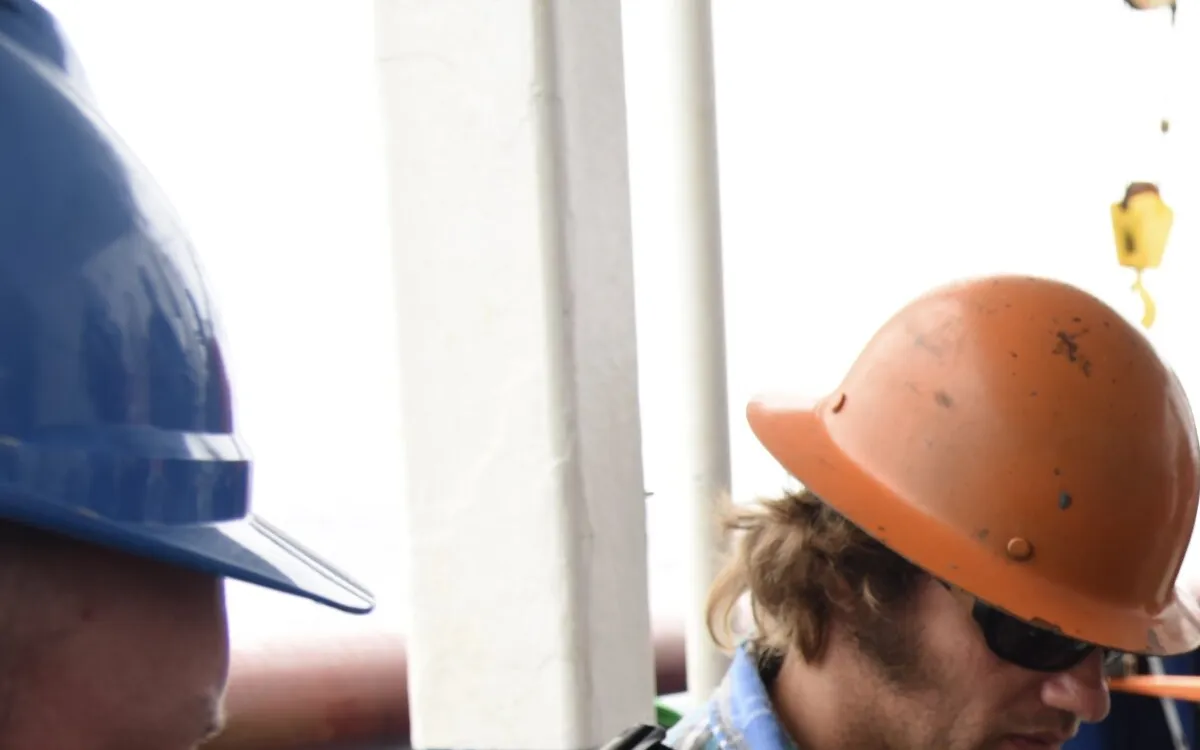
When the tectonic subduction zone beneath the Pacific Northwest shifts, the results can be catastrophic. A magnitude 9+ earthquake is not just a singular event; it can lead to devastating tsunamis and landslides, intensifying the destruction. A recent study published in the journal Geosphere suggests that such a massive earthquake could also trigger a significant seismic event in California, a scenario that is both alarming and fascinating.
According to Dr. Chris Goldfinger, a paleoseismologist at Oregon State University and the lead author of the study, it's challenging to overstate the potential devastation of a magnitude 9 earthquake in the Pacific Northwest. "The possibility that a San Andreas earthquake would follow is almost like something out of a movie," he remarked, highlighting the gravity of the situation.
The Pacific coast of the United States is shaped by complex tectonic plate boundaries. North of Cape Mendocino, California, the Juan de Fuca plate is descending beneath the continent, resulting in what geologists refer to as a megathrust subduction zone. Meanwhile, to the south, the Pacific and North American plates collide, producing periodic earthquakes, including the notorious 1906 San Francisco quake. The prospect of simultaneous movement in both regions significantly alters the understanding of earthquake hazards across the western United States.
The researchers stumbled upon their significant findings not through planned exploration but as a result of a navigational error during a research cruise in 1999. Initially, the objective was to investigate the offshore sedimentary record of Cascadia earthquakes by drilling sediment cores and conducting seismic surveys along the Pacific Northwest margin. However, a mistake in entering coordinates led the team 90 kilometers south of their intended location, placing them in the vicinity of the San Andreas fault.
“We wound up off northern California,” Goldfinger recounted. “When I woke up, I was pretty hot. But, once we were there, I thought, 'well, let’s take a core here.'” The core sample taken from the submarine Noyo Canyon off the California coast revealed an intriguing pattern.
As the team analyzed the core, they identified a series of turbidites—deposits formed by rapid underwater landslides—dating back 3,000 years. These turbidites displayed a distinctive layering pattern, with coarser sediment at the bottom and finer grains on top. Surprisingly, many of the turbidites from both the Noyo Canyon core and the Cascadia cores were found in pairs.
Goldfinger noted, “There were these big, thick, sandy doublet events where it had a fine-grained element, and on top of it was a very coarse-grained sandy unit. We were just scratching our heads.” Upon further analysis, the team discovered that more than half of the turbidites were deposited simultaneously, indicating a common trigger. After eliminating other potential explanations, they concluded that the first unit of each doublet in the Noyo Canyon core was likely caused by a large earthquake on the Cascadia megathrust, while the second unit was a result of movement along the San Andreas fault.
The researchers speculate on the timing of these earthquakes; the top turbidite could have eroded, obscuring the precise sequence. However, in certain deposits, there was evidence suggesting that the second unit was laid down within minutes or hours of the first, raising the possibility of a near-simultaneous major earthquake affecting almost the entire U.S. Pacific coast.
The implications of such a series of earthquakes are profound, especially concerning preparedness for potential hazards to human life and infrastructure. Dr. Goldfinger expressed his concern, stating, “If I were in my hometown of Palo Alto, and Cascadia went off, I think I would drive east. There seems to be a very high risk that the San Andreas would follow next.”
The connection between the Cascadia megathrust and the San Andreas fault highlights a complex interplay of geological forces that could lead to unprecedented seismic activity along the western coast of the United States. As researchers continue to study these geological phenomena, the findings underscore the necessity for enhanced preparedness and understanding of earthquake hazards.